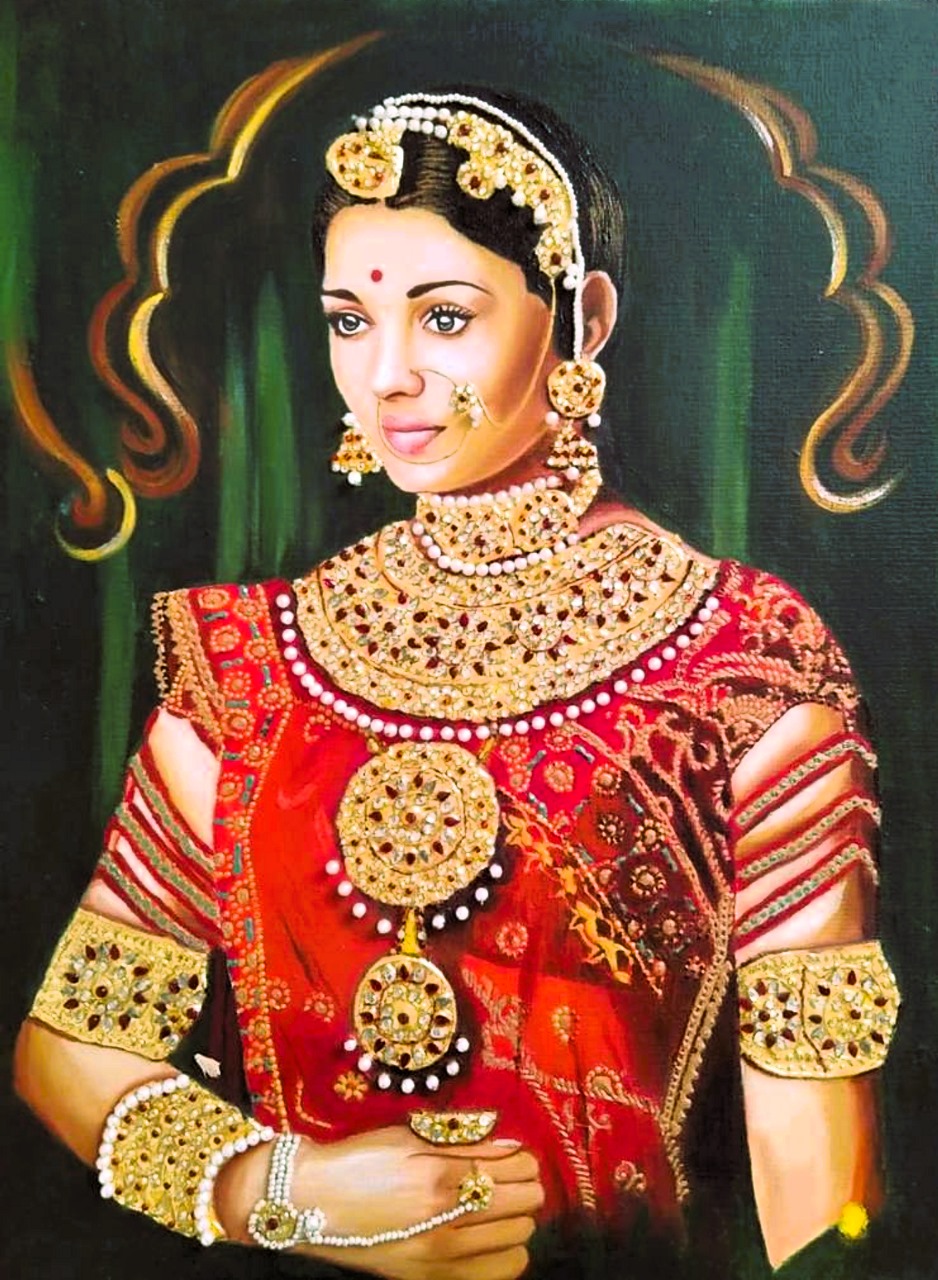SELF LOVE After Trauma

A Story of Reclaiming What Was Lost
Throughout history, art has not only reflected society—it has also served as a vessel for healing, storytelling, and self-reclamation. Across cultures, individuals have turned to dance, painting, poetry, and music to process pain and rediscover identity. In this story, we explore how personal healing from childhood trauma can unfold through the lens of creative expression—reminding us that the act of becoming whole is, in itself, a powerful form of art.
There once was a little girl named Aanya who learned, early on, that being too loud, too sensitive, or too needy often led to silence—not the comforting kind, but the kind that makes a child feel invisible. Her parents didn’t hit her, but their absence was loud in other ways: in the way her mother didn’t meet her eyes when she cried, in the way her father spoke more to the television than to her. Aanya learned to shrink herself to fit into the quiet spaces left behind.
As she grew older, Aanya became the girl who always smiled, always helped, always achieved. Praise became her oxygen, perfection her armor. But beneath the polished exterior was a constant, gnawing feeling: I am not enough unless I’m doing something right.
It wasn’t until her late twenties—after a failed relationship, a panic attack in a supermarket, and countless sleepless nights—that Aanya began to ask herself: What if love isn’t something I have to earn? What if I’m allowed to just be?
That question cracked something open.
She began therapy, not because she thought she was broken, but because she was tired of holding herself together. Her therapist introduced her to the idea of self-love, but it didn’t come in the way she expected. There were no bubble baths or inspirational quotes. Instead, there were moments of sitting with old memories she had locked away, of grieving the childhood she didn’t get, and learning to talk to herself with gentleness rather than judgment.
Aanya learned that self-love after trauma is a quiet rebellion. It’s choosing to stay with your emotions instead of numbing them. It’s setting boundaries, even when they disappoint others. It’s whispering to yourself, I matter, when the world told you otherwise.
She discovered something called reparenting—a way to become the mother, the father, the protector she never had. Some days, it meant holding herself during an anxious spiral. Other days, it meant letting herself rest without guilt, or celebrating tiny victories like saying “no” without explaining.
Healing wasn’t a straight line. There were days when old voices resurfaced—You’re too much, You’re selfish, You’re not trying hard enough. But Aanya began to answer back: No, I’m learning. I’m growing. I’m healing.
She wrote in journals, danced barefoot in her living room, painted swirling colors across blank canvases, and stitched poetry from fragmented thoughts. Each artistic act became a soft rebellion against the silence of her childhood. For Aanya, healing wasn’t only found in therapy rooms—it unfolded in brushstrokes, barefoot dances, and the scribbled lines of midnight poetry. Each act of creation became a quiet resistance, a reclaiming of voice. Like many before her, she found that art doesn't just reflect life—it transforms it.
Eventually, Aanya stopped chasing love and started becoming it—for herself.
She no longer saw herself as broken. Instead, she saw herself as someone who had survived, someone who had the courage to meet the darkness within and still choose light.
Her story is not just hers—it is the story of anyone who has ever felt unworthy because of what happened to them. Anyone who learned to survive instead of thrive. And like Aanya, they too can begin the journey home.
Because healing doesn’t mean forgetting. It means remembering who you were before the world told you who to be. It means saying: I deserved better, and I still do.
And most of all, it means knowing—I am not what happened to me. I am who I choose to become.
Aanya’s journey is a reminder that healing is not just a personal act—it’s a cultural one. In honoring our wounds through expression, we add our voices to a larger human chorus that has long used creativity to survive, to speak, and ultimately, to thrive. Her story invites us to see self-love not just as recovery, but as a radical, beautiful act of art.
.jpeg)
I am not what happened to me. I am who I choose to become.
.jpeg)
Aanya learned that self-love after trauma is a quiet rebellion. It’s choosing to stay with your emotions instead of numbing them. It’s setting boundaries, even when they disappoint others. It’s whispering to yourself, I matter, when the world told you otherwise.

.png)














